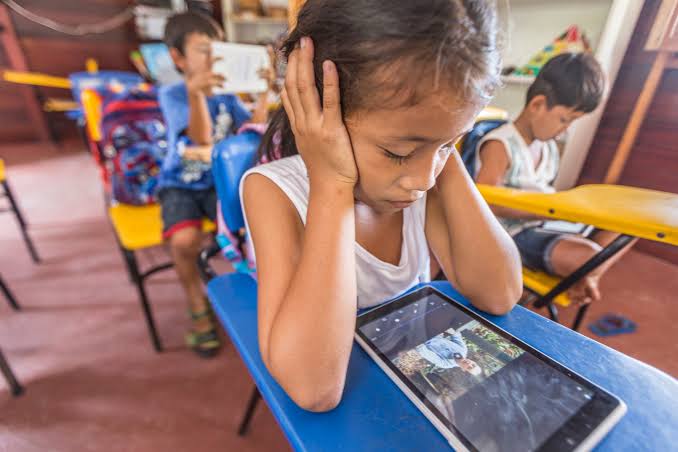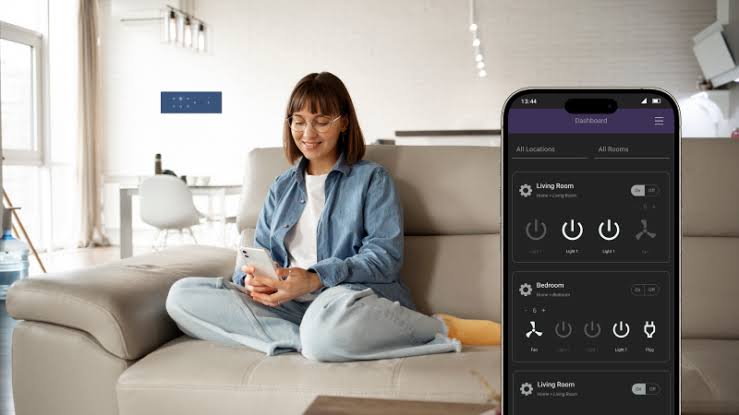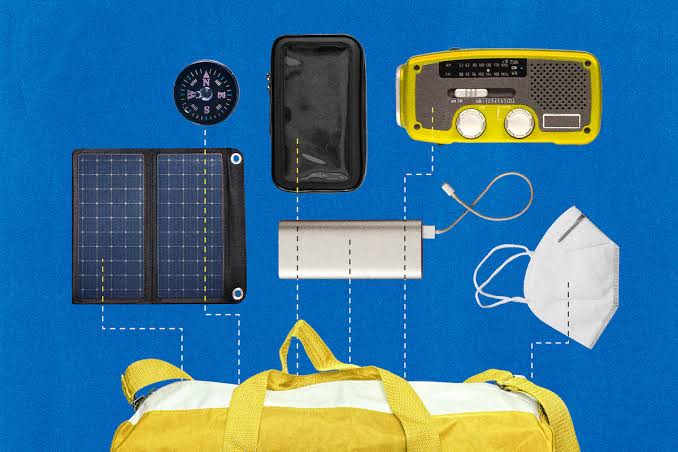The use of gadgets in education has transformed the way knowledge is shared and consumed across the globe. From developed countries to emerging economies, technology has redefined classrooms, learning environments, and the entire academic landscape. Gadgets such as laptops, tablets, interactive whiteboards, smart projectors, and mobile devices are no longer optional tools but essential components of modern education systems. Their influence can be seen in how students learn, how teachers deliver lessons, and how schools manage resources. While the impact has been largely positive, there are also challenges that require careful consideration.
Enhancing Access to Education
One of the most significant impacts of gadgets on education is the expansion of access to knowledge. In many parts of the world, students no longer need to rely solely on physical textbooks.
- Tablets and e-readers provide digital libraries with thousands of learning materials.
- Mobile devices allow learners in remote areas to access online lessons and educational apps.
- Affordable laptops and shared digital tools make education more inclusive.
By bridging geographical barriers, gadgets enable more children and adults to receive education, regardless of their location.
Interactive Learning and Engagement
Traditional chalk-and-board teaching methods often limited student engagement. Gadgets have introduced interactive learning, making lessons more dynamic and engaging.
- Interactive whiteboards allow teachers to display videos, diagrams, and simulations.
- Virtual reality headsets immerse students in subjects like history, science, and geography.
- Educational apps turn learning into gamified experiences, keeping students motivated.
This shift from passive to active participation increases student interest and knowledge retention.
Personalized Learning Experiences
Another notable contribution of gadgets is personalized education. Instead of a one-size-fits-all approach, technology allows lessons to be tailored to individual needs.
- Learning management systems track student progress and suggest personalized resources.
- Tablets and laptops allow self-paced learning, particularly useful for advanced or struggling students.
- Artificial intelligence-based tools adapt content to match student performance levels.
Such flexibility ensures that learners receive the support and challenges they need to excel.
Improving Teacher Efficiency
Teachers have also benefited from the integration of gadgets. Lesson preparation and delivery have become more efficient and effective.
- Presentation tools and projectors allow teachers to present complex concepts clearly.
- Online grading systems reduce paperwork and speed up feedback.
- Collaboration tools enable teachers to connect with students beyond the classroom.
By automating routine tasks, teachers can focus more on creative teaching methods and student mentorship.
Expanding Global Collaboration
Gadgets have opened the door to global educational collaboration. Students and teachers can now connect with peers worldwide, sharing ideas and perspectives.
- Video conferencing tools allow cross-cultural exchange programs without physical travel.
- Online learning platforms enable joint projects across borders.
- Cloud-based tools provide shared workspaces for international group assignments.
This global connection broadens horizons and prepares students for a diverse, interconnected world.
Supporting Special Education Needs
For students with disabilities, gadgets have been a life-changing resource. Assistive technologies provide equal learning opportunities.
- Text-to-speech software helps visually impaired students access digital content.
- Hearing-impaired learners benefit from captioning tools and sign language applications.
- Adaptive keyboards and touch devices make learning more accessible.
Such innovations foster inclusivity, ensuring that no student is left behind.
Challenges of Gadget Integration
Despite the benefits, gadgets also pose challenges that impact education systems worldwide.
- Over-reliance on gadgets may reduce traditional learning skills such as handwriting or mental arithmetic.
- The digital divide remains a concern, as not all regions have equal access to technology.
- Excessive screen time can affect student health, including eyesight and attention span.
- Teachers may face difficulties if they lack training in integrating technology effectively.
These issues highlight the importance of balanced adoption of gadgets in education.
Impact on Higher Education and Research
Universities and research institutions have also embraced gadgets to push academic progress.
- Advanced software supports scientific research and data analysis.
- Online lecture streaming makes higher education more flexible for students worldwide.
- Digital collaboration tools help researchers work on projects across different countries.
The result is faster innovation and more inclusive access to advanced education.
Future Outlook of Gadgets in Education
Looking ahead, gadgets will continue to shape the global education system in profound ways.
- Artificial intelligence will create even more personalized learning paths.
- Augmented and virtual reality will become standard in immersive classrooms.
- Wearable devices may track student health and learning performance.
- 5G and faster internet will make remote learning seamless and widely accessible.
As gadgets evolve, education will likely become more accessible, engaging, and adaptable to the needs of future generations.
Conclusion
The global education system has undergone a massive transformation due to gadgets. They have improved access, enhanced engagement, enabled personalization, and supported teachers and students alike. However, challenges such as unequal access, over-dependence, and health concerns need to be managed carefully. If balanced effectively, the future promises a more inclusive and innovative educational environment where technology and learning go hand in hand.



